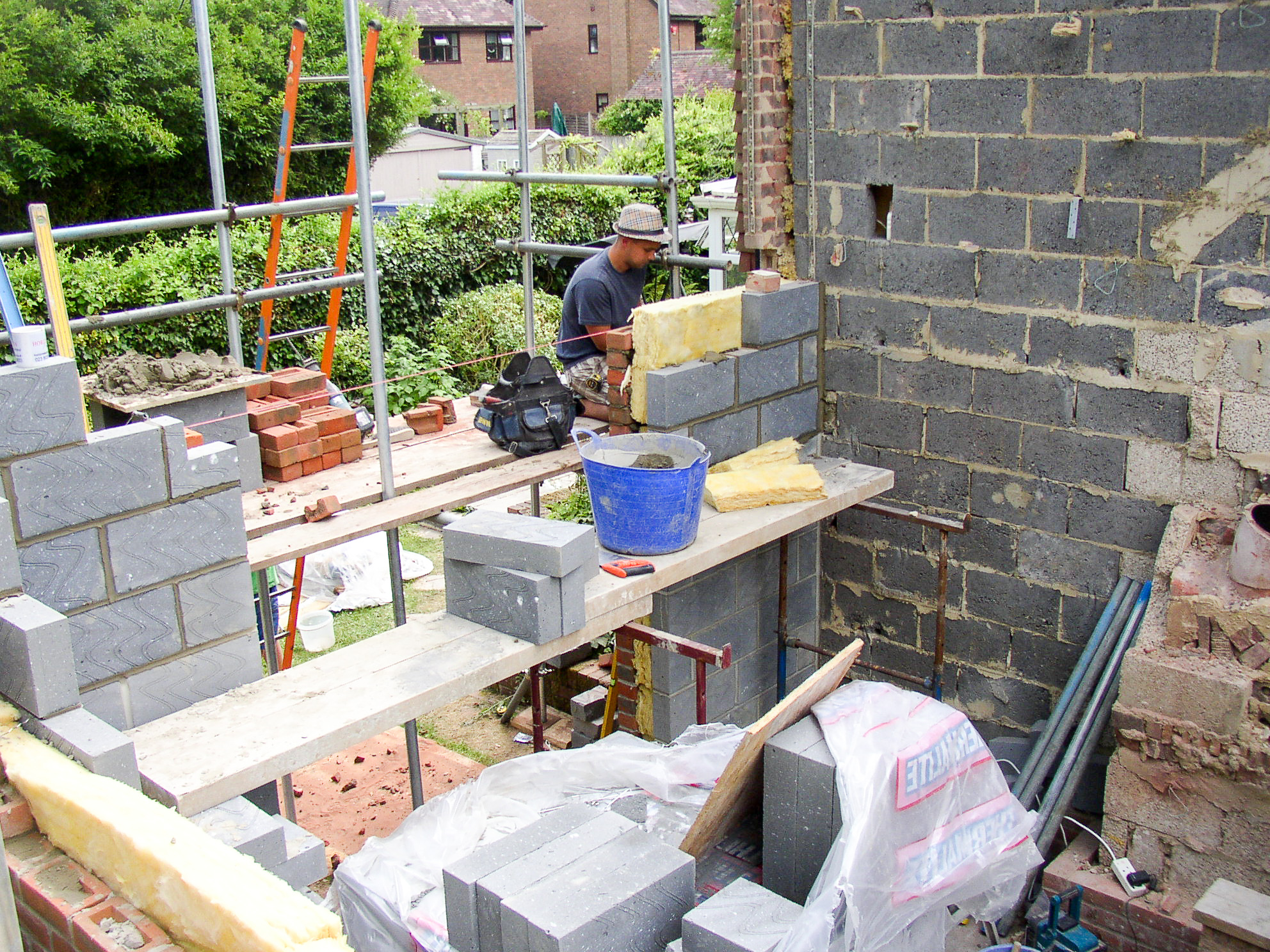What sort of timeframe should I really be looking at for an extension?
What sort of timeframe should I really be looking at for an extension?
What sort of timeframe should I really be looking at for an extension?
If only there was a magic wand that could achieve marvels and with one wave could make your beautiful new extension miraculously appear. Unfortunately, planning and building a successful home extension requires a lot of preparation, leg work and time. And lots of it.
Time to work out what exactly you want done; Time to find builders; Time to get quotes and then finding a time when builders can actually start. And we haven’t even mentioned the actual build – where anything and everything usually happens. So, how long should you allow for a home extension from start to completion?

Depending on the size and scope of your extension, according to UK architects Resi, it can take anything from 7-15 months (and sometimes a lot longer still).
It feels like there are a lot of hoops to jump through before you have even laid a brick; party wall agreements; planning permissions; architect fees etc. The secret is to do your homework and set yourself a realistic timeline to get everything done. You can break it down into 5 stages:
• PREPARATION: ONE MONTH
Start approaching architects or building designers to talk through your plans, find out what is realistic, affordable and get some drawings together. Always get more than one quote. You can find architects near you here: Find architects
• DESIGN: ONE MONTH
For most straightforward extensions, allow 2-4 weeks for your designer/architect/builder to produce drawings that can be submitted for planning. It may involve several drafts and site visits or even further design consultations with a structural engineer.
• PLANNING: TWO MONTHS
Most council local planning offices should make a decision on your planning application within eight weeks. Larger more complex designs can take longer. If you are building on a shared boundary, you will need a Party Wall Agreement, which can take one week to 3 months, depending on how easy or understanding your neighbours are.
While you are waiting for planning permission, it is a good time to start the tendering process and start researching several contractors to quote for the build.
• THE BUILD: FOUR – SIX MONTHS
Most small domestic builds should take 8-16 weeks to complete. But while it is advised to add a 10 per cent contingency into your financial budget, it is advisable to do the same to your build time line. Unforeseen issues can add cost and time to your build.
The only thing you can be sure of is – even with the best made plans in the world – is that there will be hiccups and delays. Builders get ill, deliveries can be late and unseasonal weather can play havoc with drying times and outdoor work. Once you have chosen a contractor, they will be able to give you a more realistic timeline. Your building contract should state a start and completion date, ideally backed up with a project schedule. If things do over-run, make sure you are covered with a fixed price contract.
• SNAGGING: ONE MONTH
If you are not careful – snagging can drag on for weeks if not months as you wait for a contractor to finish any minor issues. It is always a good idea to withhold the final payment to the main contractor until everything is completed to the standard as agreed.
From conception to construction, a good rule of thumb is to allow 9 to 11 months for an ‘average’ extension. Remember living on site can slow down progress, and even once your build is complete, you will need to get your building regulations signed off. Only then can you really start to enjoy your new and improved home – but, hopefully it will be worth the wait!
